re-doing lawn in Fredericskburg, VA
gastone21 (z7a VA)
9 years ago
Related Stories

EARTH DAYThe Case for Losing the Traditional Lawn
Work less, help the environment and foster connections by just saying no to typical turf
Full Story
LIFE10 Reasons to Be Happy You’re a Renter
Homeownership has many benefits, but there are upsides to not owning a home too
Full Story
GARDENING GUIDESWhat Are Your Spring Gardening Plans?
Tearing out the lawn? Planting edibles? Starting from scratch? Tell us what you plan to change in your garden this year
Full Story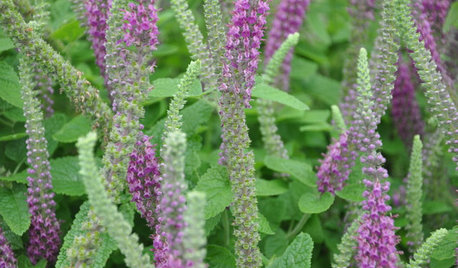
FEEL-GOOD HOME9 Smells You Actually Want in Your Home
Boost memory, enhance sleep, lower anxiety ... these scents do way more than just smell good
Full Story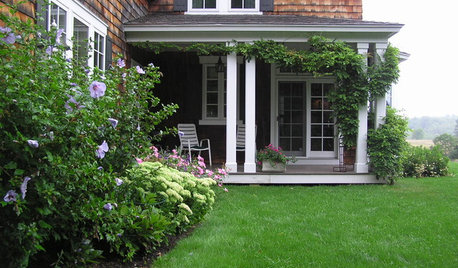
GARDENING AND LANDSCAPINGLay of the Landscape: Traditional Garden Style
If strong lines, manicured beds and a sense of graciousness speak to you, a traditional landscape may be on your horizon
Full Story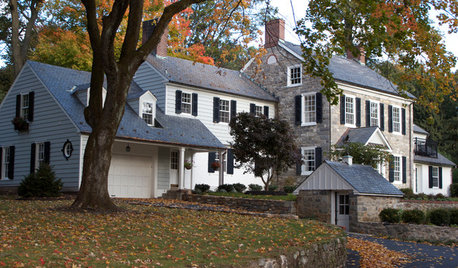
HOUSEKEEPINGIt’s Time to Clean Your Gutters — Here’s How
Follow these steps to care for your gutters so they can continue to protect your house
Full Story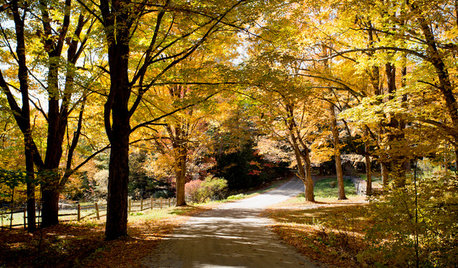
FALL GARDENINGHouzz Call: Show Us Your Autumn Views
Share your pictures of fall foliage and decor in the Comments. Your photos may be featured in an upcoming story!
Full Story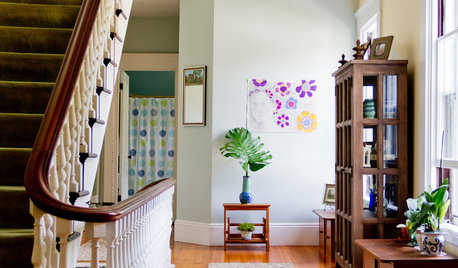
HEALTHY HOMEGet the Lead Out: Lead Safety at Home
Keep your family safe by properly testing for and dealing with lead in old painted surfaces, water and soil
Full Story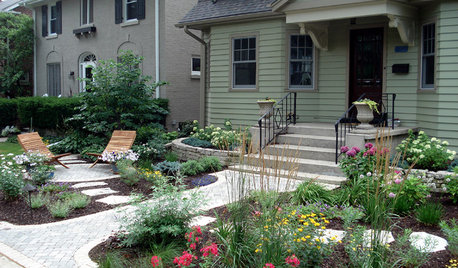
MOST POPULARCreative Ideas for Small Front Yards
A little imagination goes a long way in a petite landscape
Full Story
HOLIDAYSHouzz Call: Show Us Your Holiday Front Door
Lights, wreaths, action! If your front door plays a role in your yuletide decorations, we'd like to see it
Full Story






forsheems
beckyinrichmond
Related Professionals
Grand Haven Landscape Architects & Landscape Designers · Otsego Landscape Architects & Landscape Designers · Seabrook Landscape Architects & Landscape Designers · Severn Landscape Architects & Landscape Designers · Simi Valley Landscape Architects & Landscape Designers · Bridgeview Landscape Contractors · Burien Landscape Contractors · Deerfield Landscape Contractors · Indianapolis Landscape Contractors · Lynwood Landscape Contractors · Mission Viejo Landscape Contractors · Red Oak Landscape Contractors · Thornton Landscape Contractors · Palos Hills Landscape Contractors · Buena Park Swimming Pool Buildersgastone21 (z7a VA)Original Author
beckyinrichmond